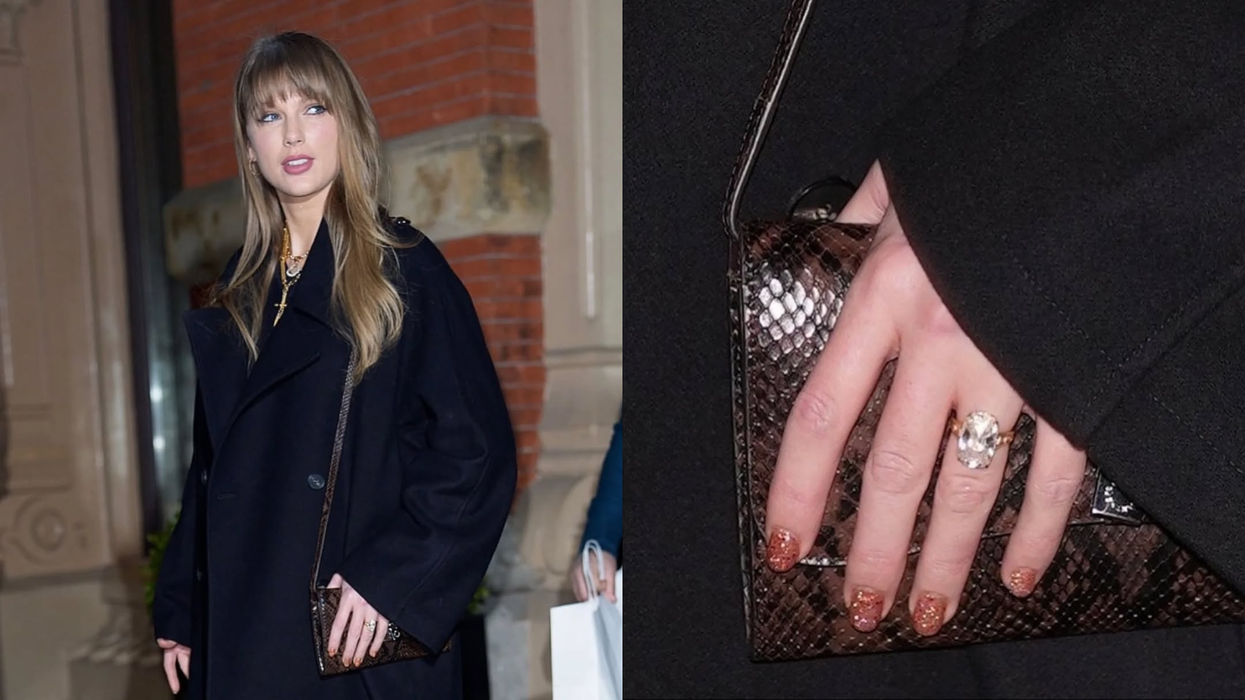Yog is the science of the entire creation. The sun, moon, earth, water, sky, fire, and even the human body are various aspects of creation, and yog encompasses them all. The force that powers these aspects, enabling them to function, is the true subject of yog. When practised under the guidance of a guru, yog enables one to interact with these elements and forces, ultimately becoming one with them.
Take, for instance, the five elements. We know the body is composed of these elements, yet we cannot perceive them directly. As one advances in yogic practices, the presence of these elements in the body becomes evident, and their fundamental nature is understood. Eventually, they respond to the practitioner, allowing them to effect changes within the body. The science of yog unfolds in stages—beginning with the elements, progressing through consciousness, and culminating in divinity.
Beyond a healing system
Yog is often mistaken for a mere system of physical healing. In reality, it is not a medical science but the sum total of yam, niyam, asan, pranayam, pratyahaar, dhaarna, dhyan, and samadhi. According to the Yog Sutras, asan and pranayam are not meant for curing diseases. Patanjali defines asan as sthir sukham asanam—a posture in which one attains stillness. This stillness refers to both inner and outer silence, achieved by silencing the vrittis (fluctuations) of the mind, leading to profound yogic experiences.
Understanding pranayama
Consider the science of pranayama. Today, many so-called masters promote pranayam as a technique to increase oxygen supply and boost adrenaline. However, pranayama is not concerned with the physical body (annamaya kosha). Instead, it is a salutation to prana, which resides in the pranamaya kosha and influences the annamaya kosha indirectly. In reality, performing pranayama actually reduces oxygen levels.
The lungs contain tiny sacs called alveoli, where gas exchange occurs. For effective absorption, a specific pressure difference must be maintained for a certain duration. Practices like nadi shodhanam equalise this pressure, preventing proper diffusion of gases. Even in hyper-pranayamas such as bhastrika and kapalbhati, the rapid breathing pace leaves no time for gas absorption, leading to decreased oxygen levels and increased carbon dioxide. This reduction in oxygen suppresses lower brain functions while activating certain higher centres—ones that modern science has yet to fully understand.
The triangular process of pranayama
Pranayama operates in a triangular process. The kundalini energy is symbolised by an upward-pointing triangle at the mool chakra. Interestingly, breath movement in pranayama also follows a triangular pattern. The nose contains erectile tissue that inflates with increased blood flow. This phenomenon, sometimes referred to as the ‘honeymoon nose,’ occurs when sexual activity increases nasal congestion due to erectile tissue inflation.
In pranayama, breath control creates a triangular effect, applying constant pressure on the nasal erectile tissue. This action pushes kundalini energy upwards, awakening optimal areas of the brain. The highest activation occurs when the three nadis—ida, pingala, and sushumna—are in perfect balance, allowing the kundalini to rise and spiritual experiences to unfold.
The deeper journey of Yog
As one progresses in yog, the burden of worldly attachments diminishes, ageing ceases to impact the body, and physical strength increases. However, achieving this state requires dedicated practice under the guidance of a guru in an ashram setting. True yog cannot be bought off the shelf—anything that is sold remains tied to maya (illusion), and what is bound by illusion cannot free one from bondage. Yog is about liberation from the body, allowing access to the fundamental force or energy of creation.
(Ashwini Guruji is the guiding light of Dhyan Ashram. For more details, visit: www.dhyanfoundation.com )












